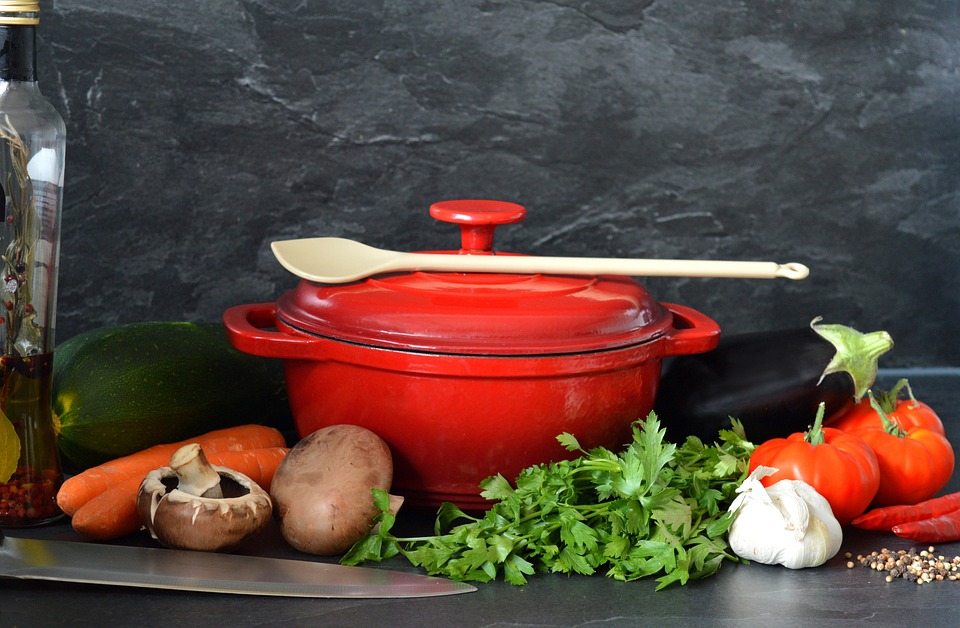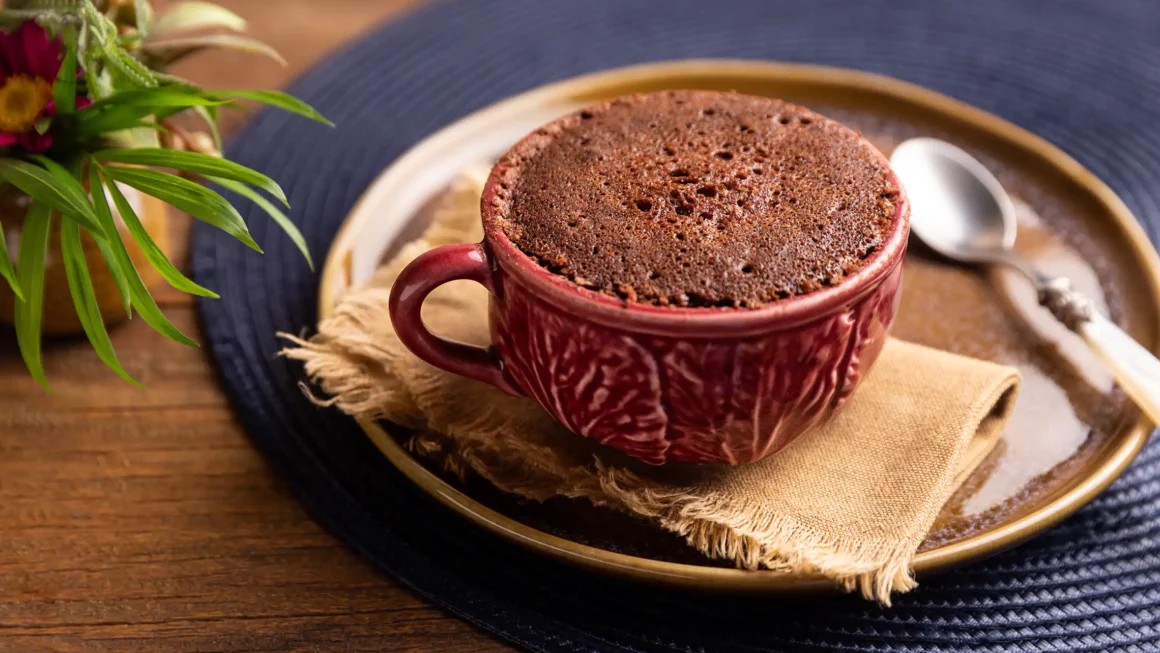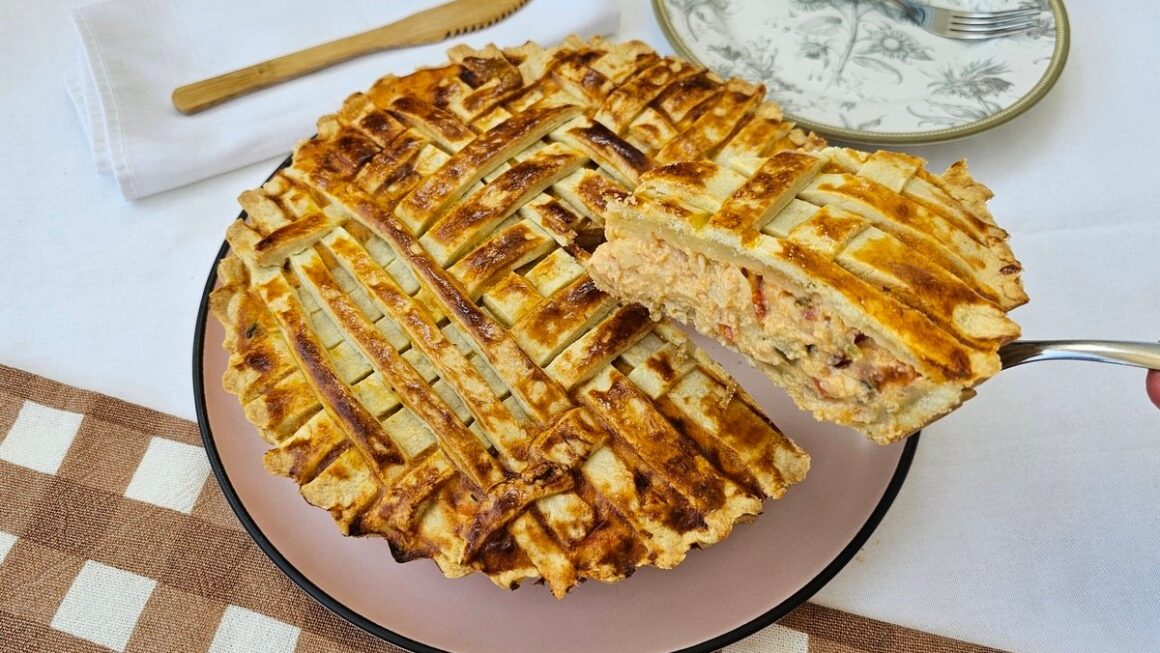Breadmaking is an art that has been practiced for centuries, and one of the key ingredients in creating delicious, fluffy loaves of bread is yeast. Yeast is a living organism that helps bread dough rise by consuming sugars and producing carbon dioxide gas, which creates bubbles in the dough and causes it to expand.
One common type of yeast used in breadmaking is active dry yeast. Active dry yeast is a shelf-stable form of yeast that is activated by adding warm water to it before mixing it into the rest of the dough ingredients. Working with active dry yeast can be tricky for some bakers, but with a few tips and tricks, you can master the art of breadmaking with this type of yeast.
First, it’s important to make sure your yeast is fresh. Active dry yeast has a limited shelf life, so always check the expiration date on the package before using it. If you’re unsure if your yeast is still active, you can proof it by mixing it with a little warm water and sugar and waiting for it to foam. If it does not foam, it may be time to get a new packet of yeast.
When activating your yeast, it’s crucial to use the right temperature of water. Yeast is most active in water that is around 110-115 degrees Fahrenheit. Water that is too hot can kill the yeast, while water that is too cold will not activate it properly. Use a thermometer to ensure you have the right temperature.
Another tip for working with active dry yeast is to give it enough time to activate before adding it to the rest of the dough ingredients. After mixing the yeast with warm water and sugar, let it sit for about 5-10 minutes until it becomes foamy. This process, known as proofing, ensures that the yeast is alive and ready to do its job of leavening the bread.
When adding the activated yeast to the rest of the dough ingredients, make sure to mix it well so that it is evenly distributed. Yeast needs to be evenly dispersed throughout the dough to ensure an even rise during the baking process. Knead the dough thoroughly to develop gluten, which helps trap the carbon dioxide gas produced by the yeast and creates a light and airy bread.
Finally, be patient and allow the dough to rise properly. After shaping your bread loaf, let it rise in a warm, draft-free place until it has doubled in size. This can take anywhere from 30 minutes to 2 hours, depending on the recipe and environmental conditions. Once the dough has risen, bake it in a preheated oven to trap the gas and create a beautifully risen loaf of bread.
Working with active dry yeast in breadmaking can be a rewarding experience when done correctly. By following these tips and tricks, you can create delicious, fluffy loaves of bread that will impress your family and friends. So rise to the occasion and master the art of breadmaking with active dry yeast.




